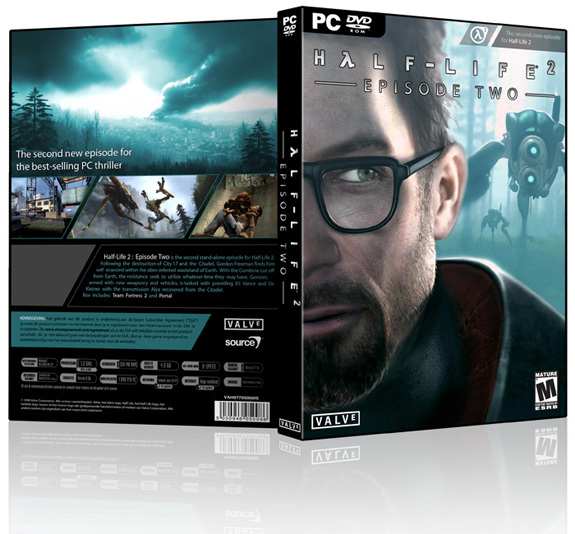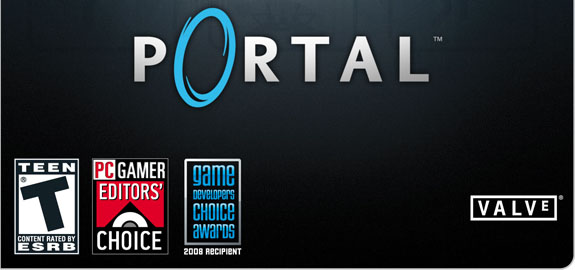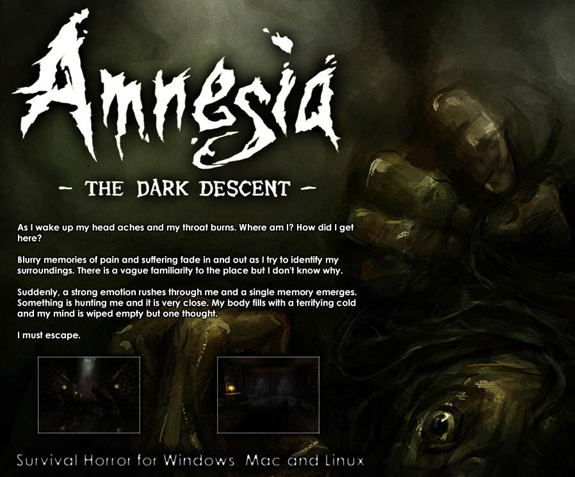This post has not been edited by the GamesBeat staff. Opinions by GamesBeat community writers do not necessarily reflect those of the staff.

One of the biggest issues that seems to plague this generation is the conflicting economics of game length, price, and overall value. It’s an issue involving modern development structures, which might benefit from a bit of a change.
Before typing out this article, I tried to find opinion pieces that suggested developers should start making titles as short as three hours. I immediately caught the words of Entertainment Weekly’s N’Gai Croal who implied that six hours has become the new durational sweet spot. Also, according to an April 2010 GamePro article by John Davison, less than five percent of people who play a game actually finish it. Apparently, around nine out of ten people lose interest in the first few four hours.
On top of this, we’ve got developers continually complaining about piracy and the used games business. And you have to admit the latter seems a bigger problem than in other media. In my experience, the strongest argument in favor of piracy, used sales, and rentals is that most games simply aren’t worth $60.
Basically, I think the retail space for consoles — specifically the PlayStation 3 and Xbox 360 — needs more variable pricing. The only respite we have now is $15 downloadable games, but in my opinion, those games, as good as many of them are, still aren’t satisfying in the same way as retail products.

Titles like Limbo and Super Meat Boy are great, but frankly, they feel more like relics from the Super NES. I’d rather have cheaper and more digestible current-generation efforts. The gulf between $15 and $60 is too wide; something needs to exist in-between.
I’ve only see working examples of this on the PC. In 2007, Valve delivered the most high-profile and recent example of appropriate value and length.
On the 360 and PS3, The Orange Box released as one inseparable package. The PC version, however, was available as a complete product and in parts: Brick-and-mortar stores sold the computer versions of Portal and Team Fortress 2 independently. Speaking of which, Portal is a great example of a game made to full HD standards that was nonetheless quite short. On the PC, one could buy Portal on its own for $30 (now $20). The same is true of the Half-Life 2 episodes — short and sweet pieces of gaming that didn’t feel overpriced or incomplete.

2010 provided horror fans with Amnesia: The Dark Descent, a succinct and cheap round of fun. I honestly don’t know how long the game is, but if its predecessor Penumbra is anything to go by, then it must only last a few hours. Amnesia sports a modern graphics engine, yet is just $20. It only sold 36,000 copies in its first month, but apparently that was enough to make a profit.
The other side of the coin is multiplayer-only games: Team Fortress 2 has always been available individually on the PC for $30 in 2007 and $20 today. I’m confident a lot of people would buy a multiplayer-only Call of Duty or Halo game for $30.
The issue, however, is that virtually no similar pricing scheme exists on consoles. Why not?
The reason Valve was able to provide the Orange Box at such an affordable price is because of how much they’ve chosen to stand by their Source Engine tech. Perhaps further proliferation of middleware — and hopefully more creativity with it — might let other developers accomplish what they have.
Amnesia, an indie game with graphics almost matching those of a lot of console games, was actually developed by five people. The fact that I still can’t buy a cheap multiplayer-only game at GameStop just shows how stuck the production system is in its current ways.
Downloadable content packs are really the closest analog to the PC-marketing scheme I’ve described. The Grand Theft Auto 4 episodes provide one example, although the more recent DLC for BioShock 2 (Minerva’s Den) and Dead Space 2 (Severed) are equally indicative of the tight, succinct stories offered to PC gamers. Imagine if someone made a wholly original short game using the same engine! Better yet, what if someone created Half-Life-style episodic sequels using the same production process as Minerva’s Den and Severed? It would be great.
When the next console generation comes around, the industry is going to have to do something in order to keep development costs from skyrocketing again. A great $60 product is fine, but most titles don’t reach that level of value. Every game shouldn’t try to grab a piece of the same pie.
